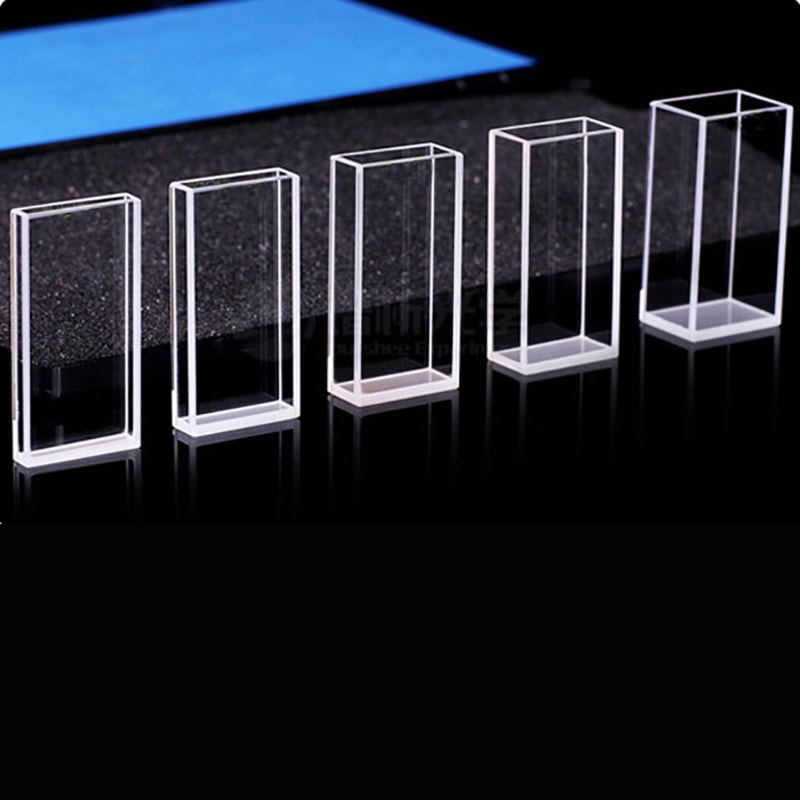Spectrophotometry is an essential element of scientific discovery and a technique that reveals the mysteries of light absorbance and transmittance across specific wavelengths. The cuvette is the heart of spectrophotometry. It’s a basic but crucial container that can hold samples for analysis. It may appear simple however their intricate layout that spans from the length of cuvette paths to the selection of materials that they are made of, can provide precise information about the concentration of substances and the purity of the substance. We’ll explore this fascinating world, where cuvette dimensions and dimensions affect the outcomes of each experiment.
Power of Cuvette Path length
Imagine the beam of light passing through a sample of liquid. What happens is heavily dependent on the length of the cuvette, or the distance over which light travels. For many labs, a cylinder of 1 cm in length is the best as it provides a balance between sensitivity as practicality. Why is this important? The longer the path is, the more light will be taken in. This can increase the signal in weak samples. When it comes to concentrated solutions, like protein or nucleic acids, a short pathway length can change the game. It reduces the need for dilution while preserving precious samples and cutting down on the preparation time. What’s the main takeaway from this? It is an art to match path lengths with the requirements of the sample. This increases accuracy.

Image credit: cuvet.co
Cuvette Dimensions and Size It’s more Than You Think
Size of the cuvette doesn’t simply refer to how much liquid can fit within it, it’s also about how it interacts with the spectrophotometer. Each cuvette is made for a specific task and comes in a variety of shapes and sizes. Semi-micro cuvettes, for example are smaller in size and thicker wall thicknesses are specifically designed to hold small amounts of samples. Think of a few nanoliters, or perhaps a rare biological extraction. Thicker walls let light pass through the sample, without wasting even a single drop. Compare this with a standard cuvette, and the difference is striking less pipetting steps more room for error and results that stand against scrutiny. This clever method proves the size isn’t just a number but the strategy behind it.
The 1cm Length of the Path Cube: A Lab Favorite
Why does the 1 cm path length cuvette reign supreme in so many experiments? This is the perfect spot for biological measurements where every milliliter counts. This classic design provides consistent readings of absorbance without overloading the detector. It is ideal for all kinds of tests, including DNA purity tests to enzyme tests. It’s not the one that can be used for all. If you change it for a cuvette having distinct geometry or length, like one used for emission studies, the results can be wildly distorted. Precision relies on selecting the correct tool not only the most well-known one. A cuvette that is not properly matched can be compared to a poorly tuned instrument.
Material Matters Beyond Path and Size
Cuvette size is just one aspect of the equation. The choice of material makes the difference. The high transmission rates of glass and quartz cuvettes let light pass through without interference. They’re durable, reusable, and perfect for demanding tasks in spectroscopy. On the other hand, plastic cuvettes bring affordability and convenience to the table. There’s no need for cleaning or cross-contamination. Simply utilize the cuvettes and dispose. They’re perfect to conduct quick DNA or tests for RNA, and an aqueous solution. The trade-offs? less accuracy in certain wavelengths. This is a classic case of purpose, dictating quartz for the purist, plastic for the pragmatist.
Accuracy in Practice
Cuvettes are versatile and adaptable. Combining spacers with short lengths of paths allows the handling of very concentrated samples and larger vessels are able to manage large volumes. The clarity of the result is dependent on the length of the path along with the size and substance employed. Consider a lab that is looking at the amount of protein. A semimicro cuvette has shorter pathways, which will eliminate the need to dilute and produces reliable data more quickly. Contrast that with a reckless switching of cuvettes in the middle of an experiment and you’ll observe that numbers decrease. Small details make the biggest impact in the field of spectrophotometry.
Cuvettes might be small, however their value is enormous. From the 1cm length cuvette to custom dimensions they bridge the gap between sample and knowledge. If you’re looking for pureness or concentration or a specific concentration, the right cuvette can turn a good measurement into a great one that proves that precision in science is based on the instruments at fingertips.